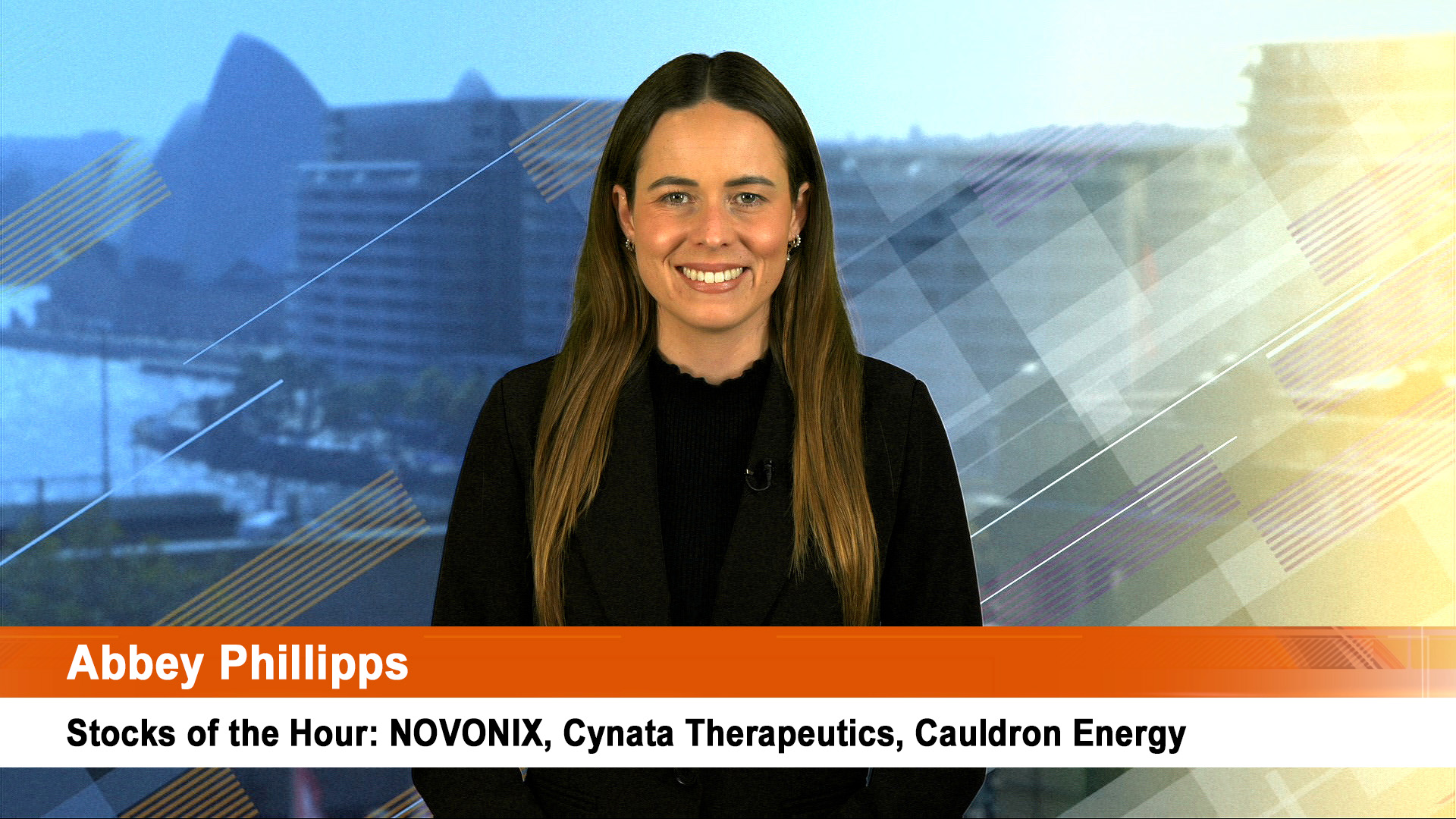Oil prices copped a global hammering last week and face more of the same this week as investors fret about the result of Tuesday’s US Presidential elections and the lack of any solid progress on OPEC’s ambitions to get global agreement on an oil production cap.
As a result prices tumbled by upwards of 10% – the largest for nearly 11 months, the fall made deeper by glum news on US production and stocks – both are rising, as are the number of active oil drilling rigs across the US.
In New York, West Texas Intermediate crude for delivery in December fell 59 cents, or 1.3%, to settle at $US44.07 a barrel, after a low of $US43.57.
Futures lost 9.5% for the week, which marked the largest weekly percentage loss since mid-January, according to data group, FactSet.
In London, January Brent crude fell 77 cents, or 1.7%, to $US45.58 a barrel, with prices down by more than 8% for the week.
FactSet data showed that prices for the new January front month contract lost just over 10% for the week. The settlement was the lowest since early September.
Sentiment was hit firstly by news from the US Energy Information Administration (EIA) showing US oil production rose in August (not fell), after more detailed production data was analysed.
And the EIA then reported that US crude oil stocks jumped a massive 14.4 million barrels, the largest weekly rise on EIA records dating back to 1982. And the Agency reported that production rose by 18,000 barrels a day to 8.522 million barrels a day.
And on Friday the weekly report from Baker Hughes showed that the weekly number of active rigs drilling for oil in the US rose by 9 to 450 rigs. That’s up from a low of around 316 in late May and early June.
The oil-rig count has climbed in nine out of the last 10 weeks and this rise wiped out the fall of 2 in the number of rigs the week before.
The total number of rigs which natural-gas rigs as well, climbed by 12 to 569.
And then there was the conflicting news on OPEC. OPEC members in September reached a preliminary pact to cap the group’s output to between 32.5 to 33 million barrels a day. The goal is to complete and ratify the pact at the next OPEC meeting on Nov. 30.
Several countries are already lobbying for an exemption, arguing their output in recent years has been blunted by sanctions and militant attacks. The rising skepticism contributed to the week’s losses for oil prices.
Prices fell sharply after Reuters, citing an OPEC source, reported that Saudi Arabia threatened to raise its oil production if Iran refused cap its output. Bloomberg News reported that OPEC Secretary General Mohammed Barkindo denied that the Saudis made the threat—and futures significantly pared their decline. But Reuters have had several good news breaks in recent months from their Saudi ’sources’.
Adding to the scepticism is the lack of any progress in a voluntary cap ahead of the November 30 meeting. Output is running at record levels.
According to S&P Global Platts, OPEC oil production rose by 300,000 barrels a day in October from a month earlier, to a record 33.54 million barrels a day.
The increase marked the fifth monthly increase in a row, the survey of OPEC and oil industry officials said. “OPEC’s freeze math has gotten more complicated, as its countries keep pumping more,” Herman Wang, a senior writer for S&P Global Platts, said in a statement.
But those fears about the election and the possible win by Donald Trump saw a nervy investors head for gold on Friday.
As a result Comex gold futures settled with a modest gain Friday to end up more than 2% higher over the week. Uncertainty surrounding Britain’s exit from the European Union added to the fear.
Not even another solid rise in new jobs in the US in October, and the positive message that sent for a US rate rise next month – failed to have an impact on gold.
The US added 161,000 new jobs in October, (and another 44,000 for August and September) and the unemployment rate fell to 4.9% from 5%.
Hourly pay, meanwhile, has climbed by 2.8% over the past year (from 2.7% in September), the fastest 12-month rise since June 2009.
“Gold investors appear to have shrugged off the solid jobs and wage growth data,” said Rob Haworth, senior investment strategist at the Private Client Reserve at U.S. Bank told Marketwatch.
Instead, they’re likely “focusing on political risk in the wake of the London court ruling which throws the Brexit timeline into question, as well as uncertainty regarding the coming U.S. election,” he said.
Gold for December delivery rose $1.20, or less than 0.1%, to settle at $US1,304.50 an ounce. Prices were up 2.2%,and it was the metal’s fourth-consecutive weekly gain.
Comex December silver reversed from earlier gains to lost 4.5 cents, or 0.2%, to end at $18.371 an ounce cutting its weekly rise to 3.2%.
And copper continued its advance last week. Comex December copper rose 1.6 cents, or 0.7%, to $US2.265 a pound, roughly 3.3% higher on the week. That was after a 5% gain the week before.
That is a solid rise and copper could now be joining the wider run up in commodity prices that has already seen big moves for nickel, tin, lead, zinc and aluminium. But a win by Donald Trump will change all this.













